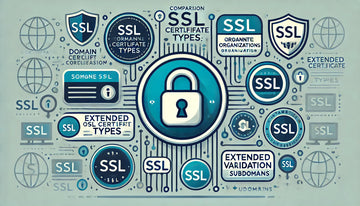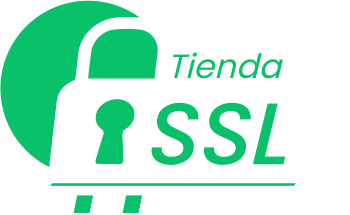The Internet of Things (IoT) has revolutionized the way we interact with the digital world. From thermostats and security cameras to appliances and medical devices, IoT devices are present in our daily lives. But this connectivity has also increased the attack surface for cybercriminals, making online security more critical than ever. In this article, we will discuss how IoT devices can be vulnerable and how SSL (Secure Sockets Layer) can help protect them.
The Vulnerability of IoT Devices
Despite the advantages they offer, IoT devices often lack the right security measures. Here are some reasons why these devices are vulnerable:
- Lack of Updates: Many manufacturers do not provide regular security updates for their IoT devices, meaning vulnerabilities don't patch.
- Weak passwords: Users often do not change the default passwords on IoT devices, which facilitates unauthorized access.
- Communications without Encryption: Some IoT devices transmit unencrypted data, making them susceptible to espionage and theft of information.
- Software Vulnerabilities: IoT devices can run outdated and vulnerable software that makes them prone to attacks.
How SSL Can Protect IoT Devices
- Data Encryption: SSL is used to encrypt communications between IoT devices and the servers they connect to. This ensures that the transmitted data are protected against interception and espionage.
- Authentication: SSL authenticates the identity of the server to which the IoT device is connected. This prevents devices from connecting to malicious servers that may try to compromise security.
- Man-in-the-Middle (MitM) Attacks Protection: SSL protects against MitM attacks by ensuring that communication between the device and the server cannot be intercepted or manipulated by a third party.
- Secure Updates: Firmware and software updates for IoT devices can be delivered securely via SSL connections, ensuring that devices are always protected from known vulnerabilities.
- Credgers encryption: Authentication credentials used by IoT devices can also be encrypted with SSL, making it difficult for attackers to steal passwords and access credentials.
Examples of IoT Devices Insurance with SSL
- Security cameras: Internet-connected security cameras can stream real-time images and videos safely using SSL, preventing attackers from accessing the transmission.
- Smart Thermostats: IoT thermostats can safely control the temperature in the home and communicate with the manufacturer's servers via SSL connections.
- Connected Medical Devices: IoT medical devices, such as health monitors, can use SSL to protect patient data transmission to doctors and hospitals.
- Intelligent Appliances: Internet-connected appliances, such as refrigerators and washing machines, can use SSL to ensure communications are secure and private.
Tips for Protecting IoT Devices with SSL
- Update Firmware: Always keep the firmware of your IoT devices up-to-date to get the latest security fixes.
- Change Default passwords: Change the default passwords on your IoT devices and choose secure passwords.
- Use Safe Networks: Connect to secure Wi-Fi networks and use separate networks for IoT devices and personal devices.
- Verify SSL Certificates: Make sure IoT validate the SSL certificates of the servers they connect to.
- Review Privacy Policy: Read the privacy policies of IoT device manufacturers to understand how your data is handled and protected.
Conclusion
IoT devices offer comfort and efficiency, but also present significant online safety challenges. SSL plays a crucial role in protecting these devices by encrypting communications, authenticating servers and providing an additional layer of security. However, the security of IoT devices also depends on user-friendly safe practices, such as regular firmware upgrades and default password change. In an increasingly connected world, online security is essential to protect our privacy and our data in a constantly growing IoT environment.














